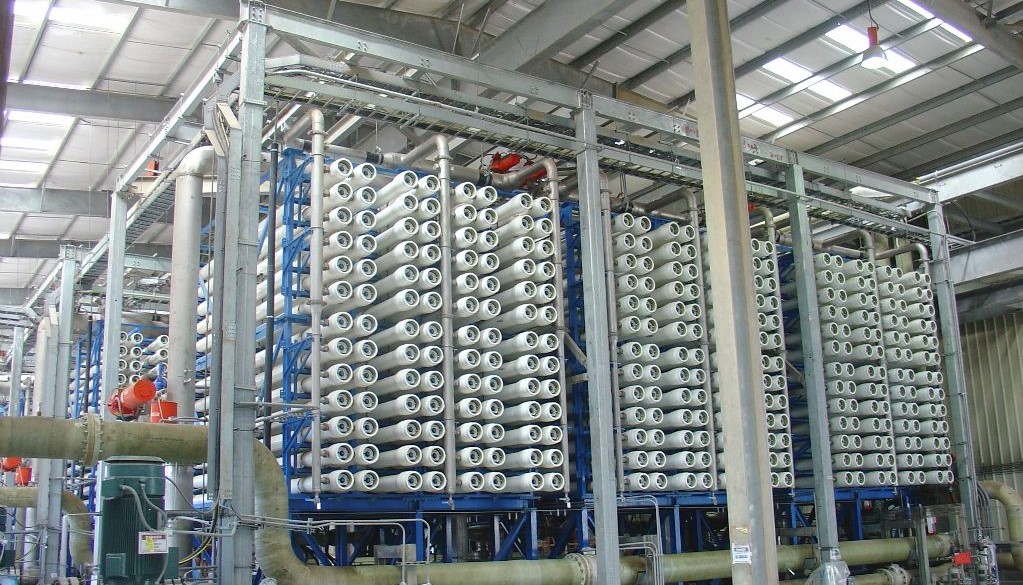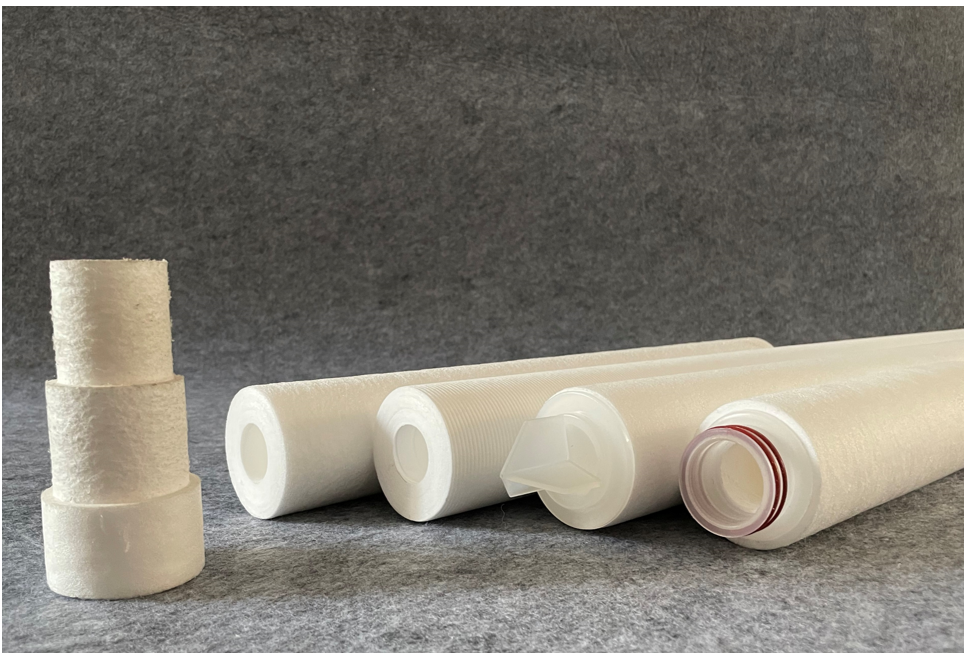Desalination is a means of transitioning non-potable salt water into potable fresh water.


Desalination is the process of purifying saline water to make it fit for human consumption. Of all the water on earth, 97.5% of it is saltwater with only 2.5% being fresh water. However, over two-thirds of the fresh water is trapped in glaciers and ice caps in the polar regions of the globe which leaves only 0.83% of the total water on earth being accessible clean water. While some countries have the privilege of having many lakes and rivers within their border (such as Canada), others are not as lucky and can only rely on desalinating marine water to cater for their local water demands. Desalination occurs through two primary processes of distillation and reverses osmosis.
Desalination in Saudi Arabia
Saudi Arabia leads the globe in the production of desalinated water with a daily production capacity of 117 million cubic feet. The country has 27 desalination plants spread along the country’s coastline with 21 located along the Red Sea and six located on the East Coast. The desalination facilities employ two different desalination processes with seven plants using the multi-effect distillation process, eight plants using the reverse osmosis technology and 12 using the multi-stage distillation process. The country has the largest floating desalination plant in the world with a capacity of producing up to 882,867 cubic feet.
Desalination in the United Arab Emirates
The United Arab Emirates is a desert nation which has extremely scarce fresh water resources and a fresh water per capita demand of 650 liters per day. The UAE’s primary source of fresh water is aquifers. However, the water from most of the aquifers is saline, with some having up to eight times more salinity than seawater. This means it is not fit for human consumption. Therefore, the Abu Dhabi-based government has heavily invested in desalination of sea water and has established eight desalination plants in the Gulf state at the cost of over $3.2 billion. These desalination plants are run by a government foreign investor partnership.
Desalination in Kuwait
Kuwait is a desert country located in the Middle East. The country has a severe shortage of natural fresh water sources with zero permanent rivers and relies on its desalination plants for its fresh water. The country is known for being the first country in history to establish a large desalination plant for the large-scale supply of clean water in 1951. Currently, the country’s desalination plants have a daily capacity of producing 58.3 million cubic feet where 52 million cubic feet is generated through multi-stage flash distillation and the remaining 6 million cubic feet is produced through reverse osmosis. In 1965, the government commissioned the construction of a water-supply system which incorporated the use of desalination to serve the capital, Kuwait City. This includes the world-famous Kuwait Water Towers, a water storage facility with a storage capacity of 3,602,096 cubic feet.
Future of Desalination
Improvements in technologies are pushing down the operating costs of desalination plants with studies being conducted to assess the viability of using solar energy to power the desalination plants. Desalination is expected to grow in the future as the growing population in the Middle East will cause an increase in the demand for fresh water.